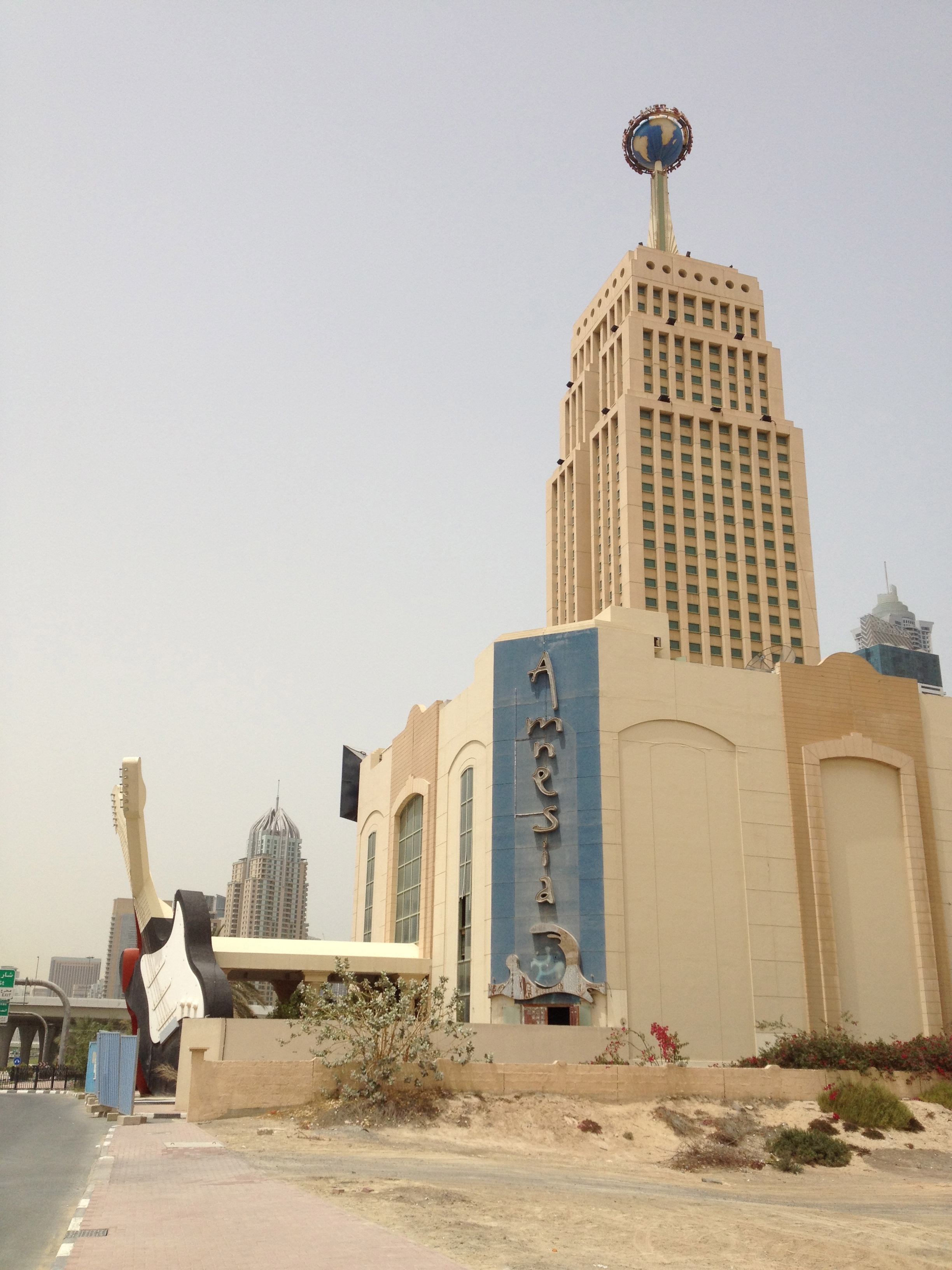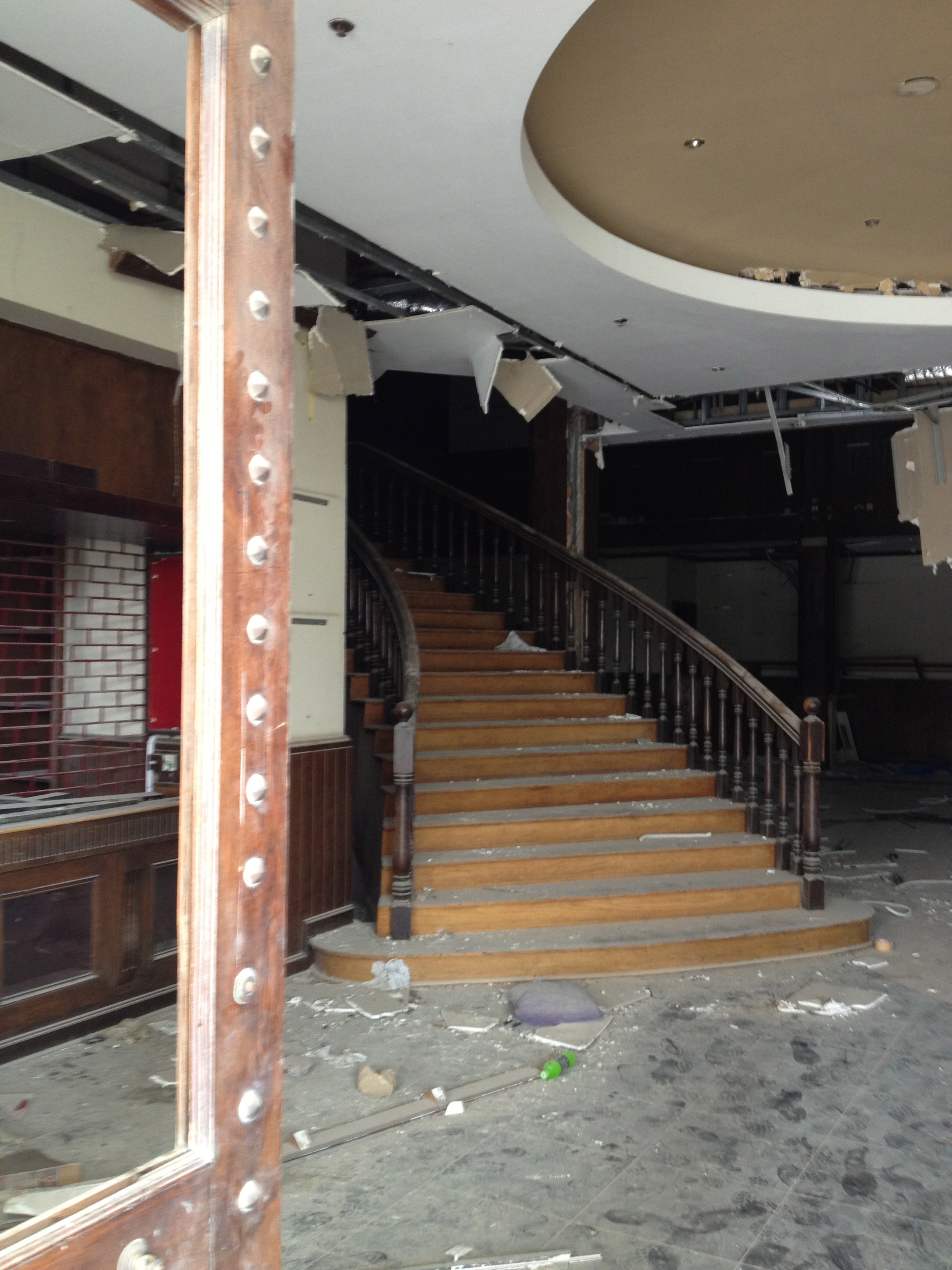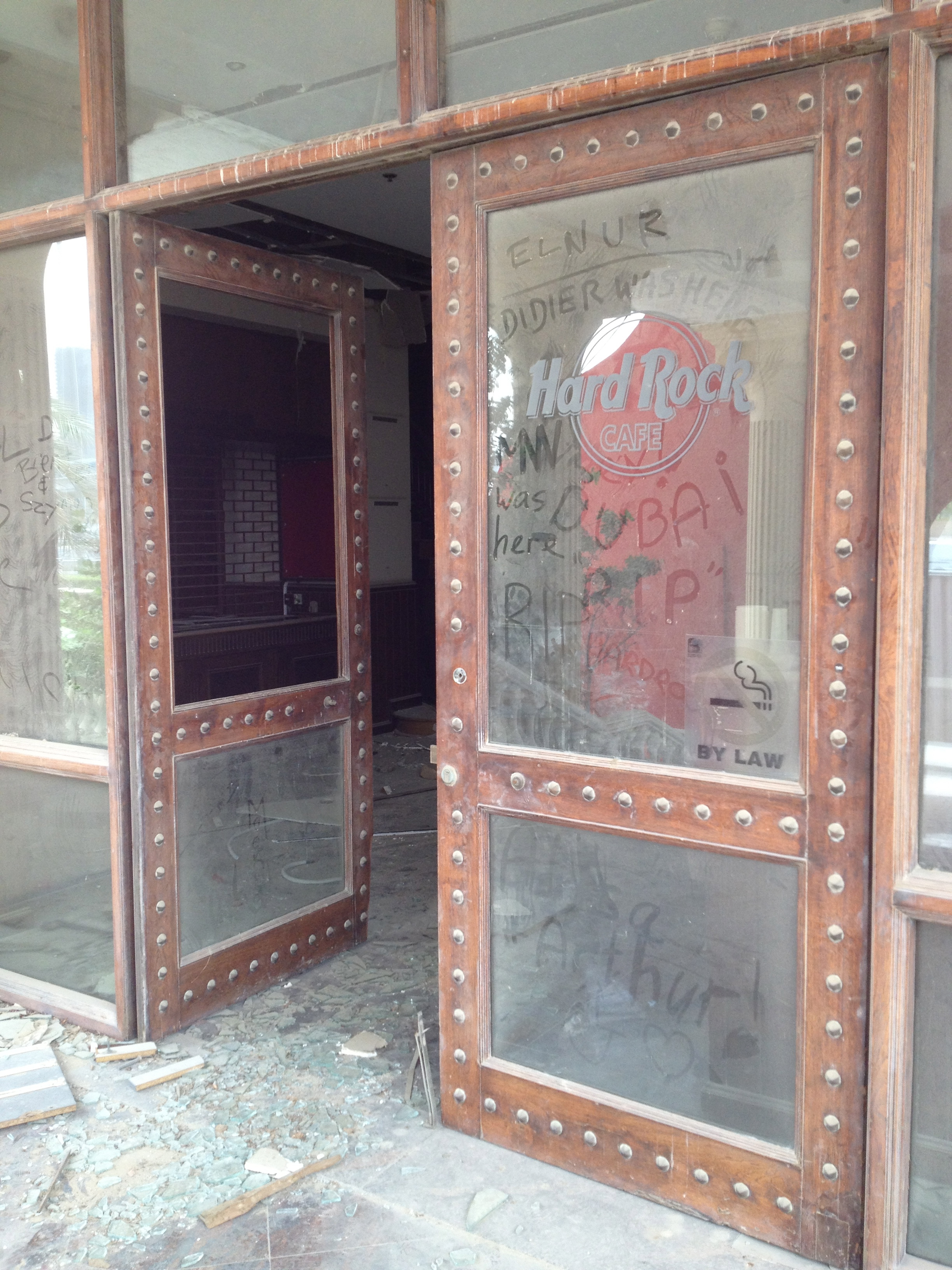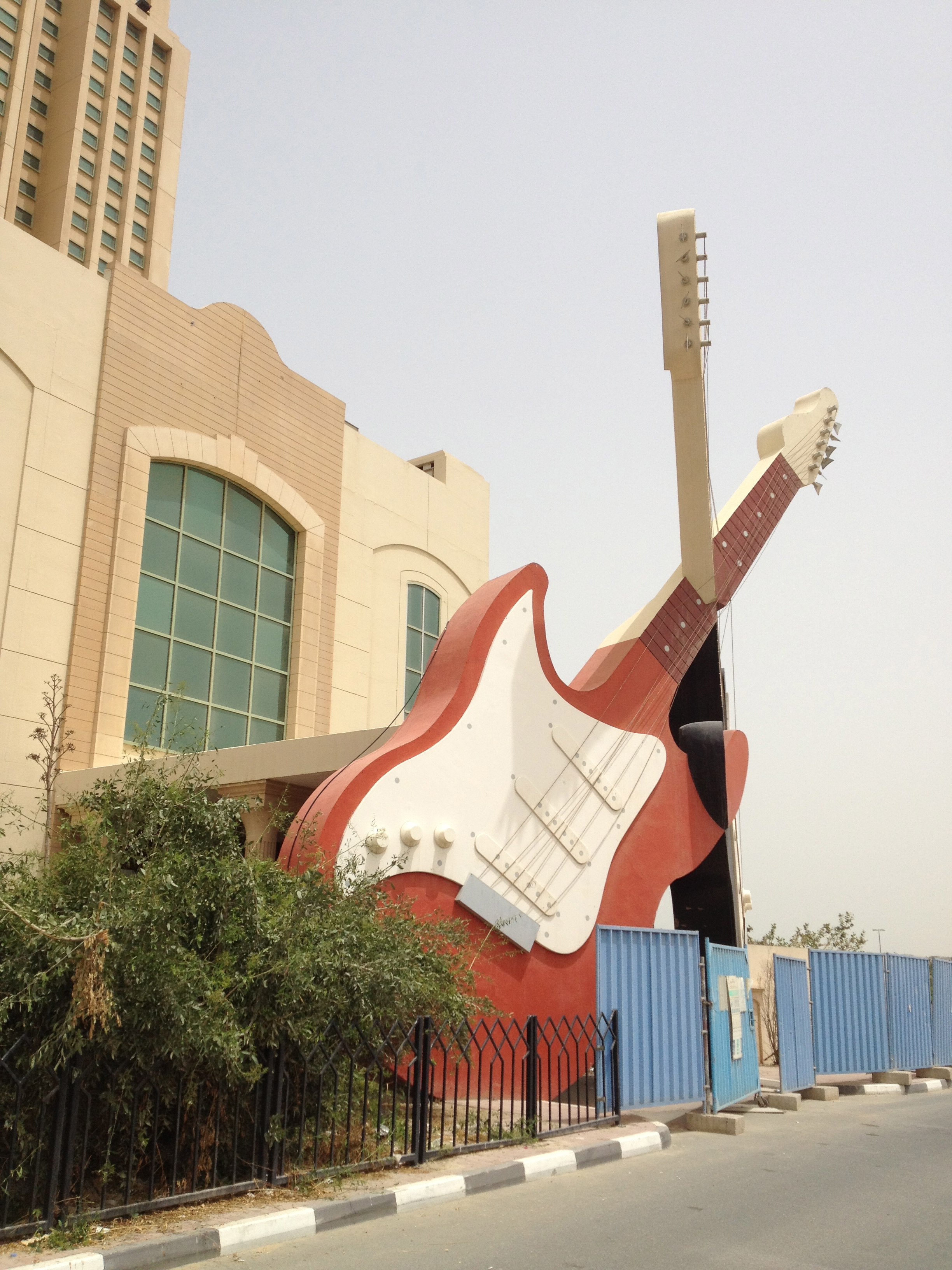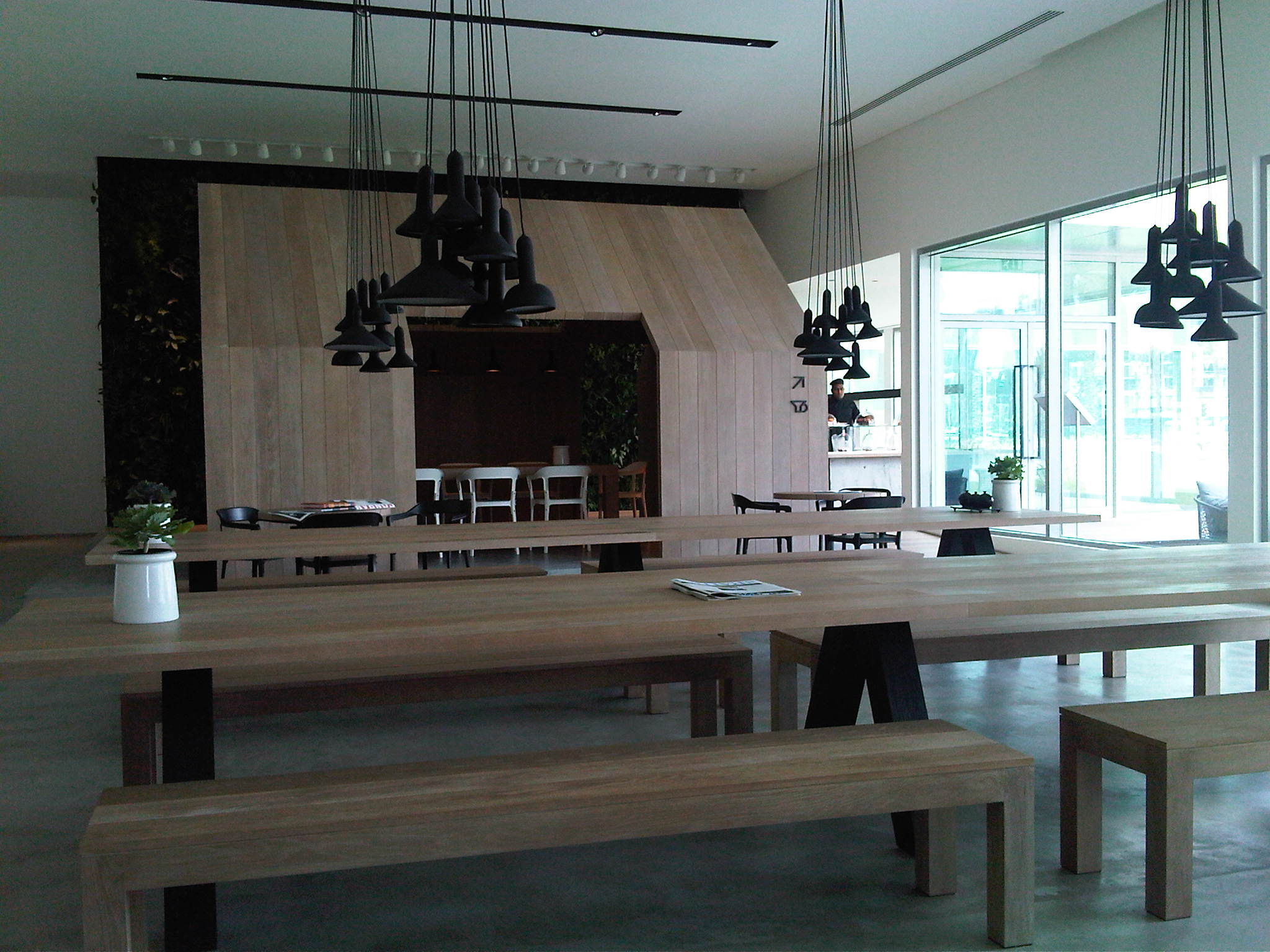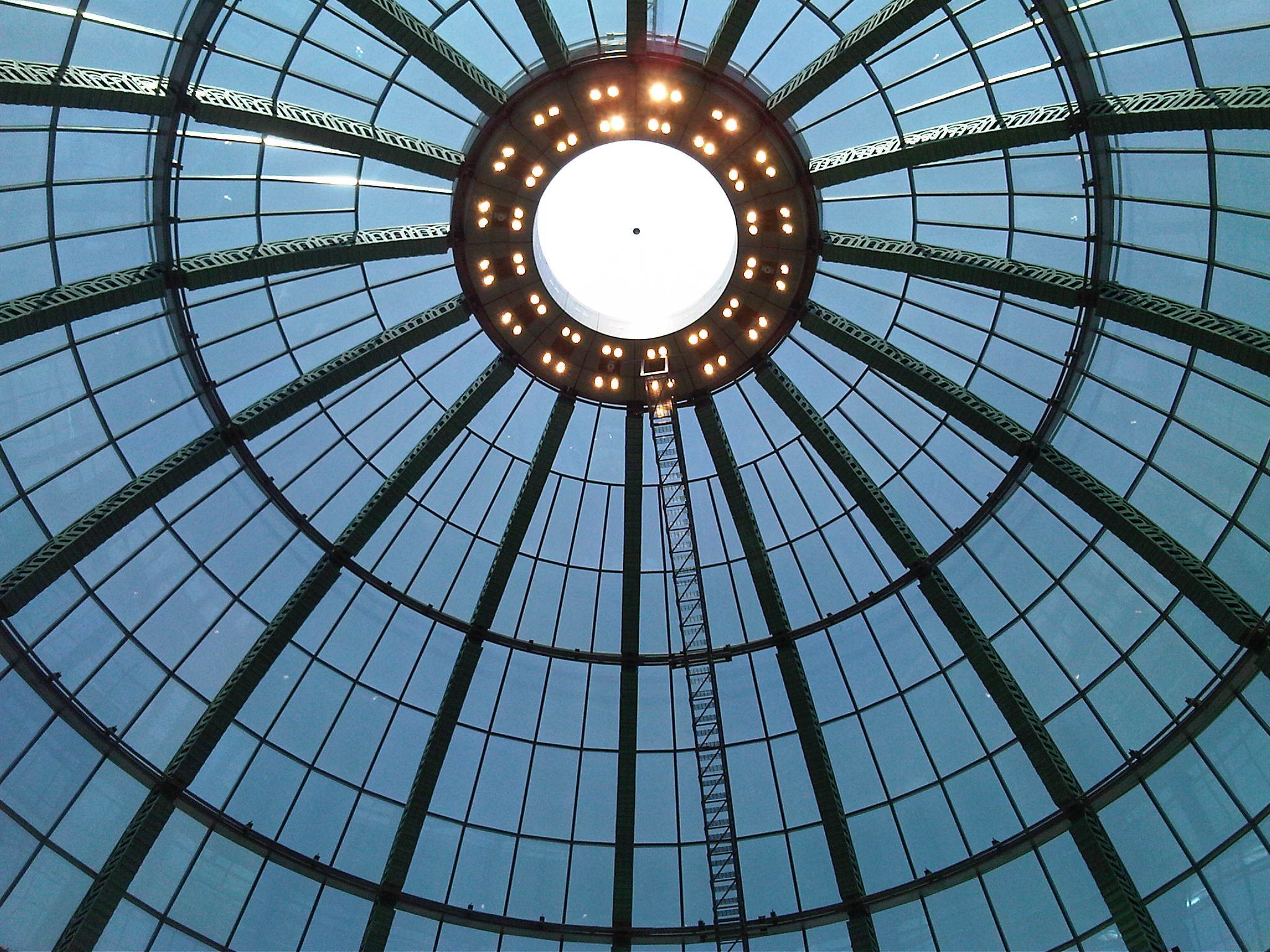3-2-1 HOMEwork
 Wednesday, October 10, 2012 at 3:07PM
Wednesday, October 10, 2012 at 3:07PM A discussion this week with a dear friend, reminded me of an article I once posted on my blog at Integral Life. It was about how our homes reflect and influence our inner lives.
I have made a few adjustments to the original article and am reposting it here on my website:
Homes reflect and influence our inner lives. Taken further, our homes also reflect and influence our behavior, our culture and the society we live in.
Becoming mindful of the fact that one’s choice of home – its location, architecture and decor, is a reflection of one’s inner landscape, can be most useful when doing shadow work.
Clare Cooper Marcus points out that many of the preferences and dislikes in our homes are projections from the unconscious. “As with dreams, we can live our lives ignoring them”, Cooper Marcus reflects. “But if we care about personal and spiritual growth, becoming who we truly are, the messages implicit in the dwelling – its form, location, decoration and state of order – and our feelings about those messages can be rich sources of insight.”
Cooper Marcus suggests jotting down images, words and feelings about your home (home in the 3rd person) and then speaking to your home and letting it speak back to you (home in the 2nd person). Ask it questions and listen to its answers. Tell it things and listen for its response.
I would propose taking this one step further by lastly speaking as the home (home in the 1st person). Take what you heard the home saying and say it as if you are the home. This way you will hear yourself saying things about yourself and this will complete the process I have called 3-2-1 HOMEwork.
Doing this HOMEwork provides useful insight not only into one’s current state of being but also into those aspects of the shadow that need to be embraced.
It is not uncommon for people doing this exercise to only focus on the aspects of their home they find bothersome. Remember too, to look for those things that you like about your home. We often need to remind ourselves that the shadow is made up not only of those things about ourselves that we don’t necessarily like and haven’t accepted yet, but also many wonderful aspects of ourselves that we have yet to acknowledge.
3-2-1 HOMEwork also makes us aware of how a change in surroundings can help us bring about the changes necessary for growth.
Architects over the centuries have been aware of the fact that our spiritual paths can be encouraged by the surroundings we find ourselves in. The need to reconcile humans with nature, reflected in the architecture of Hundertwasser (who incidentally was fascinated by spirals) is but one example of this.
The home and its location can and does help to foster growth and change. One need only think of those inner city areas where a general cleaning up, the planting of trees and the creating of gardens has taken place. Statistics have shown that such areas have a significant drop in crime rate over a period of time.
The magnificent steel and glass construction of the Berlin Hauptbahnhof train station is an examplar of the need for transparency. And yet even in such a mammoth construction, the fact that the glass roofs had to be shortened by approximately 100 metres because the construction process was taking too long, shows how time constraints can detract from the original plan. How often is this not an excuse, and maybe a valid one, in our own homes and lives? But more than that, how often are we mindful of this fact?
Doing 3-2-1 HOMEwork has many benefits. I believe that this process can also prove to be a useful tool for businesses wanting to redesign the working environment of their employees.
So are you ready to move around your furniture? Or maybe its time for new furniture or even a new location!
Bibliography
Cooper Marcus, Clare. (1995). House as a Mirror of Self. Conari Press.
Fairall Morrell, Monica. “Home: A Mirror of Inner Being”. Natural Medicine Issue 44, December 2008/January 2009. www.naturalmedicine.co.za
Gympel, Jan. (1996). The Story of Architecture. From Antiquity to the Present. KönemannVerlagsgesellschaft mbH.
